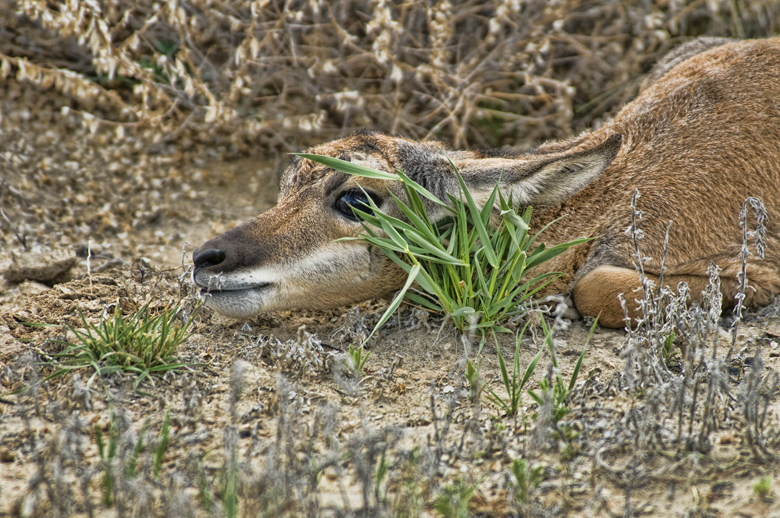
We are witnessing the greatest extinction crisis in the long history of life on earth. The news of man's impact on natural systems seems invariably bad, but there are exceptions. Here are some examples.
Few wildlife success stories rival that of the wild turkey in America. In the 1930's the clear-cutting of hardwood forests and hunting had reduced numbers to an estimated 30,000 birds. And then states began the "hacking" of wild turkeys and the results were immediate and lasting. Today there are more turkeys being hunted than when the Pilgrims landed at Plymouth Rock. They are found in every state but Alaska, including several that were not part of their earlier range.
The pronghorn, distinctly North American, is the second fastest land mammal on earth, after the cheetah. They once roamed in vast herds from southern Canada to Mexico, and perhaps outnumbered even bison. And then along came cows, plows, and unregulated hunting. The decline in numbers was catastrophic, from plague populations to endangered in short order. In 1915 there were only an estimated 15,000 pronghorn left on the American prairie.
Recovery of this big-game species has been slow but sure, thanks to the efforts of multiple agencies and the introduction of enlightened sport-hunting regulations. Today there are about a million pronghorn in the western United States.
In the 1800's Russian fur hunters nearly exterminated Alaska's sea otters. When the otter population crashed, sea urchin numbers exploded from lack of predation. As a result vast expanses of kelp forests were stripped bare by the herbivorous urchins. Without the forests there were fewer fish and therefore fewer seals and sea lions to eat them. An entire ecosystem was thrown out of balance by man's overharvesting of a single species.
With 20th century protection and management there has been gradual recovery of sea otter populations. Animals have been relocated from the Aleutians to southeast Alaska and coastal U.S. and Canada. Where otters have returned so has kelp which fuels the whole system's recovery.